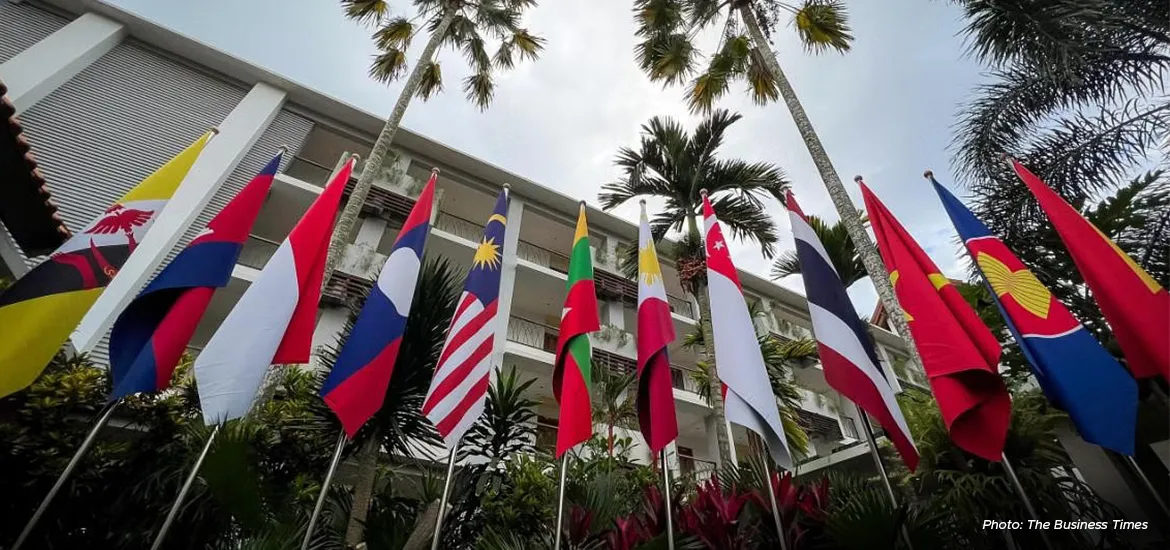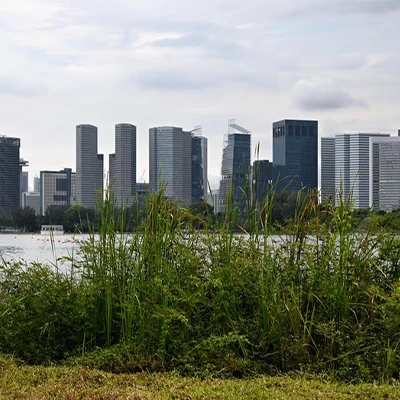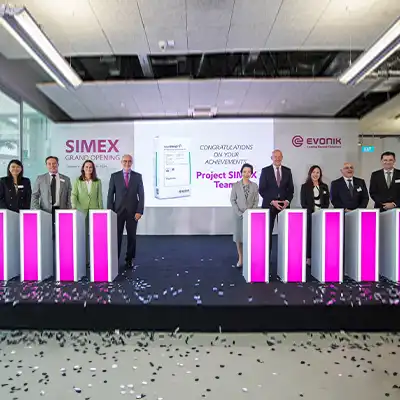The planned ASEAN power grid could offer Singapore a golden opportunity to become the region’s trading hub for clean energy, as the city-state works hard to soften the potential blow on its booming petrochemical sector amid the shift from fossil fuels.
“The ASEAN transmission grid is very critical. Singapore understands trade very well and we know how it’s done,” said Surbana Jurong’s energy and industrial managing director Tan Wooi Leong.
He added: “As long as we can bring the molecules (hydrogen) and renewable electrons through a certain central location, we could probably start trading them.”
But the ASEAN grid, which is hoped will integrate the national power systems of its 10-member countries and facilitate the region’s decarbonisation efforts, is a mammoth task with a fair amount of technical and financial challenges.
For one thing, Tan said the interconnection project could be a long way off. “It will take a long time. If you talk about transmission, all the transmission grids in every ASEAN country are running at different frequencies... different voltages.
“So if the countries need to sync up to the same frequency, they basically need to revamp the country’s whole grid. That’s definitely not easy. Also, it requires a lot of money to invest in upgrading the grid, and everybody needs to agree on what standards to work towards.”








